Nissan announces new 1.5L engine with thermal efficiency reaching 42%, surpassing Toyota and Honda
 JamesSep 10, 2025, 03:26 PM
JamesSep 10, 2025, 03:26 PM
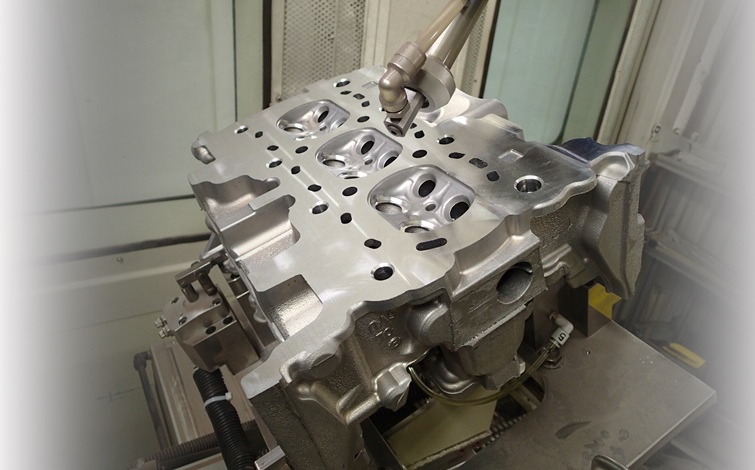
[PCauto] Nissan recently announced that the thermal efficiency of its newly developed 1.5-liter turbocharged engine (codename ZR15DDTe) has reached 42%, a figure that surpasses Toyota's current production hybrid engine with a thermal efficiency level of 41% and also exceeds Honda's 2.0L hybrid engine's 40.6% thermal efficiency level.
Nissan's Approach to Improving Improving Engine Thermal Efficiency
Nissan explained that they achieved this significant breakthrough in thermal efficiency in their e-POWER system through the use of cold spray valve seat technology.
Cold spray technology is a coating process that forms a solid layer by spraying powder materials at supersonic speeds. In recent years, it has been widely used in the aerospace and energy industries.
Nissan applied this technology to engine valve seat manufacturing, directly forming a coating on the highly thermally conductive copper alloy cylinder head surface, thus eliminating the limitations of traditional press-fit sintered valve seats.
This innovation allows for the optimization of intake port geometry, reducing airflow turbulence and generating a strong tumble flow, which is the core element of Nissan's proprietary STARC (Strong Tumble & Appropriately stretched Robust ignition Channel) combustion concept. (The STARC concept was released in 2021 and aims to improve thermal efficiency by stabilizing in-cylinder combustion.)
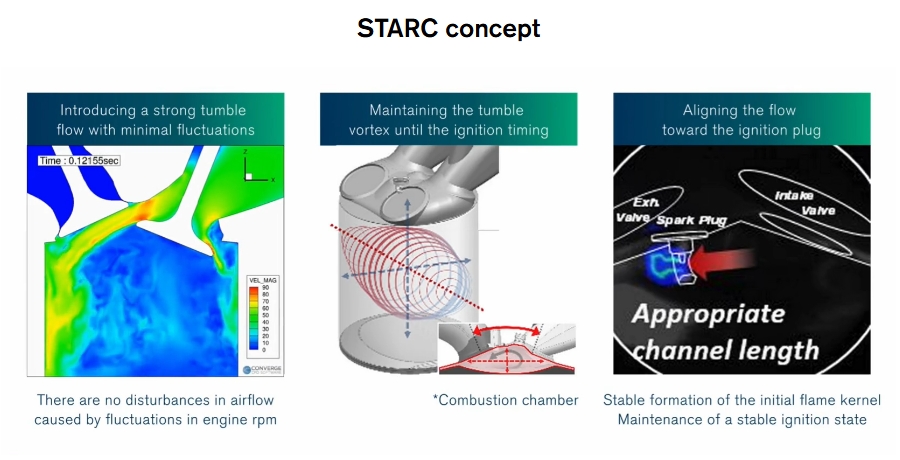
Why does the cold-sprayed valve seat significantly improve thermal efficiency?
In traditional engine design, the shape of the intake port is limited by the press-fit requirements of the valve seat, making it difficult to achieve optimal airflow optimization.
Nissan's cold spray valve seat technology directly sprays dissimilar metal powders onto the surface of the aluminum alloy cylinder head, forming a durable coating that avoids the common issues of intermetallic compounds and micro-porosity found in traditional welding methods.
Additionally, this technology uses a specially developed cobalt-free, copper-based alloy, which offers excellent thermal conductivity, improving the cooling performance of the valve area.
This process leverages Nissan's internally developed nozzle technology, derived from polishing techniques used in forging mold production.
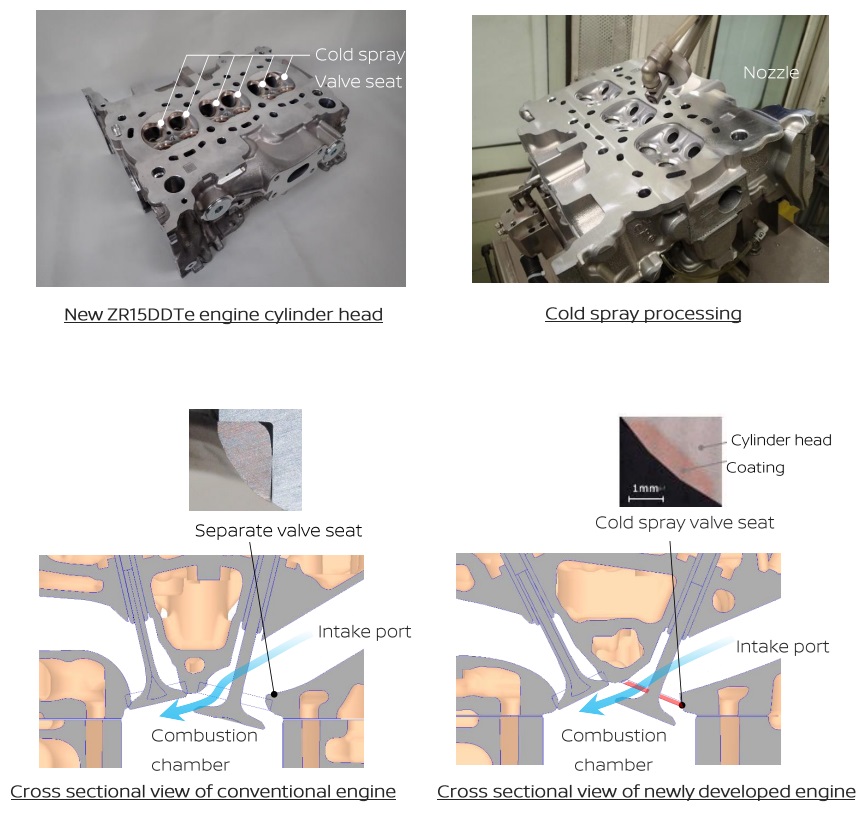 Similarly, Toyota's TNGA series engines also employ a specialized process for their valves: laser cladding technology.
Similarly, Toyota's TNGA series engines also employ a specialized process for their valves: laser cladding technology.
This technology involves using a high-energy laser beam to fuse a wear-resistant alloy material onto the aluminum alloy valve surface, replacing traditional pressed powder metallurgy valve seat rings.
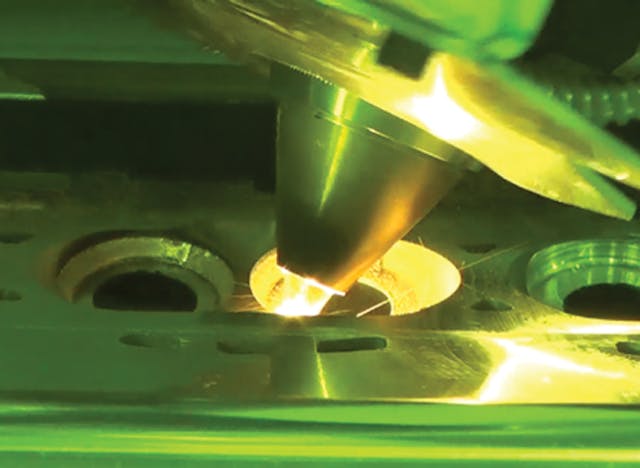
Compared to traditional processes, laser cladding technology eliminates the need to reserve installation space for the valve seat, allowing the TNGA engine's valve angle to increase from 31° to 41°, while ensuring the strength, sealing performance, and reducing the risk of valve seat ring detachment. This also enables a high tumble flow design for the intake port, thereby improving combustion efficiency.
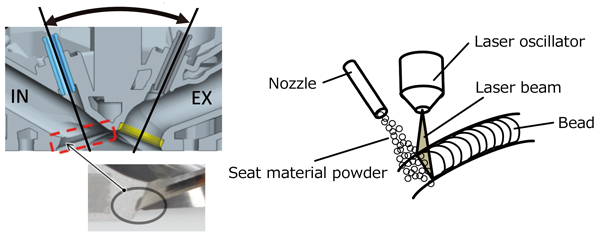
Questions about Nissan's new engine with 42% thermal efficiency
Purely high thermal efficiency doesn't have much significance. Chinese automakers claim that their self-developed engines can achieve a thermal efficiency of 43%, but in actual driving, they haven't shown better fuel-saving effects compared to THS. The reason is the working condition range for the engine's maximum thermal efficiency is too narrow.
Although THS's 41% thermal efficiency is clearly not as high as 43%, the range for maximum thermal efficiency in THS engines is very wide, resulting in good fuel-saving performance most of the time.
However, some engines claiming thermal efficiency as high as 45% only achieve good fuel-saving performance at a specific brief moment. Once the engine is outside that working range, thermal efficiency drops dramatically.
As for Nissan's 42% thermal efficiency, if the official provides the universal characteristic curve of the ZR15DDTe engine, it might be more convincing.
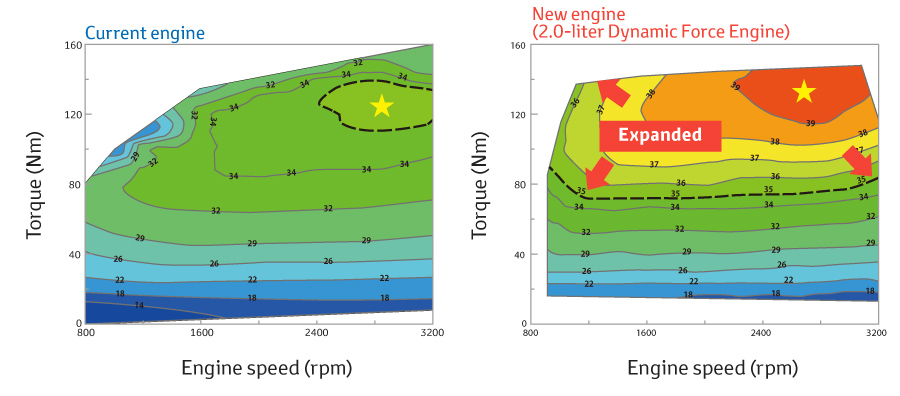
e-POWER can keep the engine operating within a high-efficiency range
Compared to technical routes like THS and i-MMD that require the engine to drive the wheels, e-POWER has an inherent technical advantage.
Nissan's 1.5L engine with a thermal efficiency as high as 42% does not need to consider the wheel speed. Therefore, the engine can operate for a long time within the high-efficiency speed range, even if its 42% thermal efficiency range may be very narrow.
This is a very promising aspect, and perhaps Nissan really has a chance to create a more fuel-efficient power system than THS.
If any infringement occurs, please contact us for deletion
Trending News

BYD Sealion 7 is not only cheaper than Tesla Model Y, what other differences do they have?
Is it better to buy the BYD Sealion 7 or the Tesla Model Y? This really makes one a bit hesitant, but before you make a decision, I recommend you take a good look at this article.

2026 Toyota Hilux Travo released, the brand-new exterior and interior are highly anticipated
If you're considering buying a Hilux, honestly, the comprehensive innovations in the ninth generation are worth waiting for. While the current model might still have some advantages in terms of reliability and price, the new model offers significant changes in terms of exterior and interior luxury, tech features, and powertrain options.

Toyota Land Cruiser FJ did not disappoint, the most anticipated civilian off-road vehicle is back.
Since its birth in 1951 under the name Toyota BJ, the Land Cruiser series has accumulated sales of approximately 12.15 million units in over 190 countries and regions worldwide, becoming a global off-road icon spanning more than 70 years.

In Malaysia, which sliding door MPVs are available?
The numerous advantages of sliding door MPVs make many people fond of this type of vehicle. However, MPVs are not a mainstream choice in the car market, so many people might not know which MPVs are available domestically.

Jaecoo J7 VS Honda CR-V, which is the most worthwhile C-Segment SUV to buy
With an exterior that closely resembles a Land Rover, Jaecoo J7's sales experienced several months of rapid growth but have recently slowed down. Perhaps the market is nearing saturation, as Jaecoo J7 has already surpassed the once-dominant Honda CR-V in the C-Segment SUV category.
Popular Cars
Model Year
Car Compare
Car Photo

